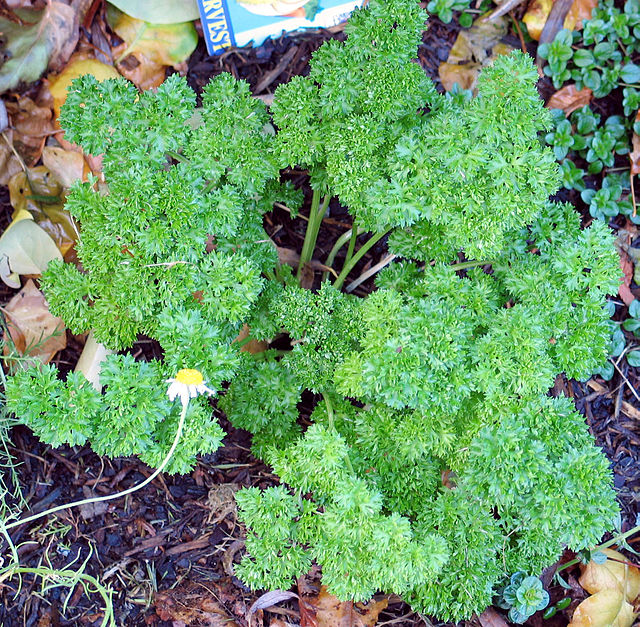flowering plant that takes two years to complete its biological lifecycle. In the first year, the plant grows leaves, stems, and roots (vegetative structures), then it enters a period of dormancy over the colder months From Wikipedia, the free encyclopedia
A biennial plant is a flowering plant that takes two years to complete its lifecycle. In the first year the plant grows leaves, stems, and roots (vegetative structures); then it enters a period of dormancy over the colder months. Usually, the stem remains very short and the leaves are low to the ground, forming a rosette. Many biennials require a cold treatment, before they will flower. The next spring/summer the stem of the biennial plant becomes much longer. The plant then flowers, produces fruits and seeds before it finally dies. There are far fewer biennials than either perennials or annuals.

Under extreme climatic conditions, a biennial plant may complete its lifecycle in a very short period of time (e.g. 3 or 4 months instead of 2 years). This is quite common in vegetable or flower seedlings that were exposed to cold conditions, before they were planted in the ground. This behaviour leads to many normally biennial plants being treated as annuals in some areas. Flowering can be induced in some biennials by application of the plant hormone gibberellin, but this is rarely done commercially.
From a gardener's perspective, a plant's status as annual, biennial, or perennial often varies based on location or purpose. Biennials grown for flowers, fruits, or seeds need to be grown for two years. Biennials that are grown for edible leaves or roots are grown as annuals, e.g. beets, Brussels sprouts, cabbage, carrots, celery, parsley, and Swiss chard. If a normally biennial plant is grown in extremely harsh conditions, it is likely to be treated as an annual because it will not survive the winter cold. Conversely, an annual grown under extremely favourable conditions may have highly successful seed propagation, giving it the appearance of being biennial or perennial. Some short-lived perennials may appear to be biennial rather than perennial. True biennials flower only once, while many perennials will flower every year once mature.
Examples of biennial plants are parsley, Lunaria, silverbeet, sweet William, colic weed, and carrot. The pansy is a biennial often grown as an annual. Plant breeders have produced annual cultivars of several biennials that will flower the first year from seed, e.g. foxglove, stock, and hollyhock.
Biennials may be kept alive longer than two years under environmental conditions that prevent them from flowering. Biennial sugar beet was prevented from flowering by not giving it the cold treatment required for flowering. It was kept alive in a greenhouse for 41 months.[1]
Seamless Wikipedia browsing. On steroids.
Every time you click a link to Wikipedia, Wiktionary or Wikiquote in your browser's search results, it will show the modern Wikiwand interface.
Wikiwand extension is a five stars, simple, with minimum permission required to keep your browsing private, safe and transparent.